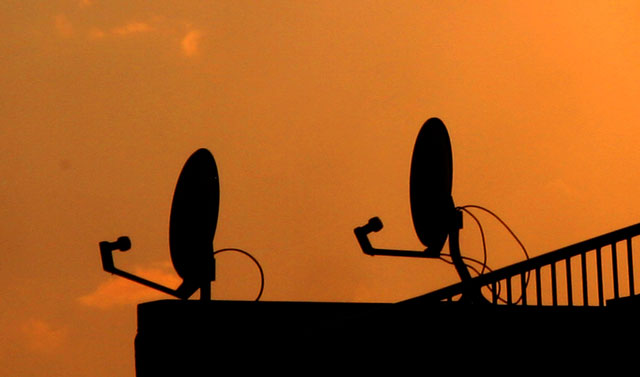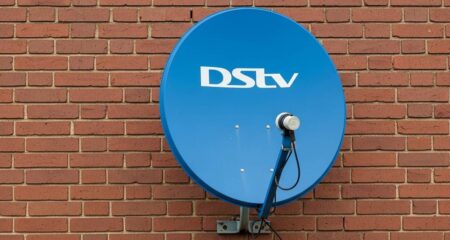
At the end of June, DStv operator MultiChoice plans to change the transmission of its high-definition services to a new standard called DVB-S2. This will mean the potential for new services and channels in future, but for some it could mean interrupted service if they don’t call out a technician.
The new standard, DVB-S2, is a second-generation digital television broadcasting standard and succeeds the older DVB-S standard. The new standard supports standard-definition and HD broadcasts as well as — and this is interesting — interactive services like Internet access and Internet streaming.
DStv says that all MultiChoice HD personal video recorder (PVR) decoders are capable of receiving S2 transmissions and that only a minority of customers will need to have their satellite dishes or cabling adjusted to receive the new service. It adds that installations should be checked every few years as weather exposure “and other factors” can influence the position of a dish and affect service quality.
Before the 30 June switchover, DStv customers can test whether their setup is ready for DVB-S2 by going to test channel 425.
The new standard will be used only for HD channels. Eventually, all of DStv’s HD channels and services, including its on-demand movie product BoxOffice and CatchUp, will all be moved to the S2 broadcasting standard.
DVB-S2 was formally published as a standard in March 2005 and has been rapidly adopted since then, particularly by satellite broadcasters in Europe and the US. One of the reasons the standard has proven popular is that it allows for a roughly one-third increase in capacity using the same bandwidth. The standard is also backwards compatible with DVB-S.
Rumours have been circulating in recent months that DStv intends rolling out a new PVR decoder soon, offering new functionality, something the move to DVB-S2 makes possible.
The new standard will allow DStv to offer more channels at the same transmission cost, or the same number of channels it currently offers at lower cost. This will also make it potentially more difficult for newcomers to compete with the pay-TV broadcaster.
Last September, MultiChoice migrated DStv from the IS10 and IS7 satellites to the high-capacity IS20 satellite, expanding its HD offering to 14 channels in the process. The move also allowed the broadcaster to broadcast HD and SD channels on the same channel number. — (c) 2013 NewsCentral Media




